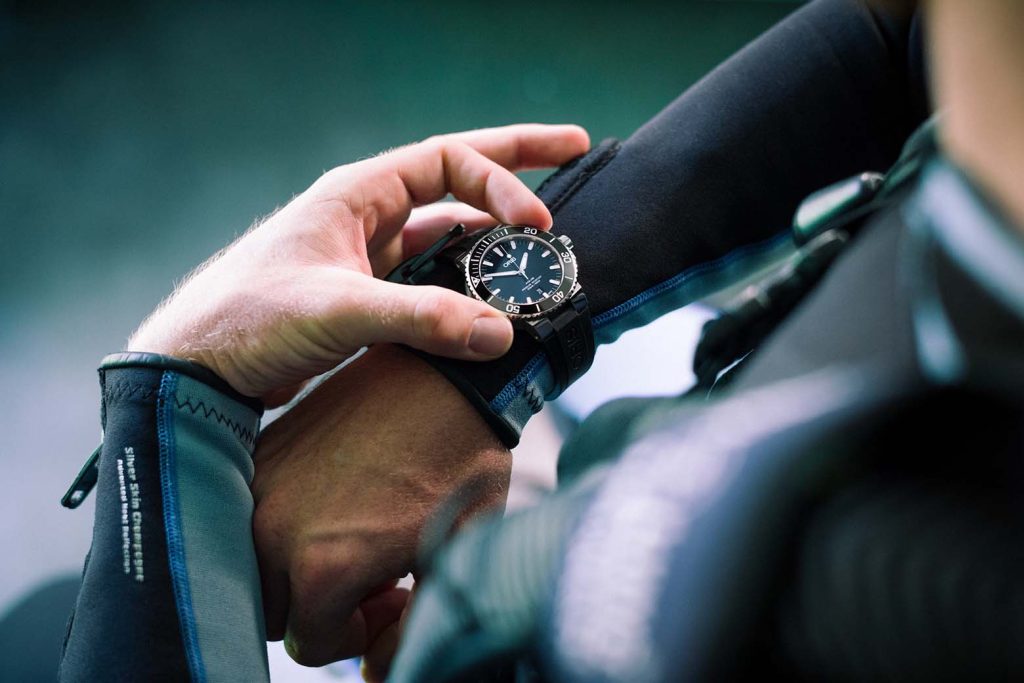Protecting a luxury watch as an investment requires attention to everyday habits that preserve its condition, functionality, and value over time. Watches, particularly high-end timepieces, are not just accessories but significant financial investments that can appreciate in value when well cared for. Establishing a routine of protective measures will help maintain the integrity of the watch for both daily use and long-term preservation. First and foremost, handling the watch with care is essential. Avoid dropping or knocking the timepiece, as even minor impacts can cause damage to delicate mechanisms or the outer casing. When not wearing the watch, storing it in a secure, soft-lined box or pouch can prevent accidental scratches or dents. A watch case specifically designed to keep it cushioned and protected is a good investment to minimize damage when the watch is not in use. For those who wear their watches daily, it is wise to avoid situations where the watch might be exposed to harsh conditions, such as extreme temperatures, excessive moisture, or strong chemicals.

Water resistance can be a valuable feature of many Lux watch care, but this does not mean they are immune to water damage. Be sure to tighten the crown when wearing the watch near water, and avoid exposing it to saltwater, which can corrode certain metals over time. Maintaining the watch’s mechanical movement is also crucial for preserving its value. Regular winding or automatic movement will keep the internal mechanisms running smoothly. Some luxury watches are automatic and will wind themselves while being worn, but for those that are manually wound, a consistent winding routine can prevent the components from seizing up. When storing the watch for an extended period, a watch winder can help keep the movement functional by automatically rotating the watch to simulate regular wear. It is important to service the watch periodically to ensure the movement remains in optimal condition. A reputable watchmaker can clean and lubricate the mechanism, replace worn-out parts, and check for any potential issues that could affect the watch’s longevity.
Protection from environmental factors like sunlight, dirt, and dust is another essential habit. Prolonged exposure to direct sunlight can cause fading of the dial or discoloration of the leather strap, so storing the watch in a shaded, cool place when not in use is a good practice. For watches with metal bands, it is crucial to wipe off any sweat, oils, or dirt after wearing the watch. This is especially important if the wearer has been exercising or exposed to salty environments, as the buildup can cause the metal to tarnish or corrode over time. Cleaning the watch with a microfiber cloth after each wear will help maintain its appearance and remove any dirt or residue that may accumulate. The strap, whether leather, metal, or rubber, also requires proper care. Leather straps should be kept dry and away from excessive moisture, as prolonged exposure can cause the leather to degrade. For metal bracelets, ensure they are properly adjusted and clean to avoid unnecessary stress on the links or clasp.